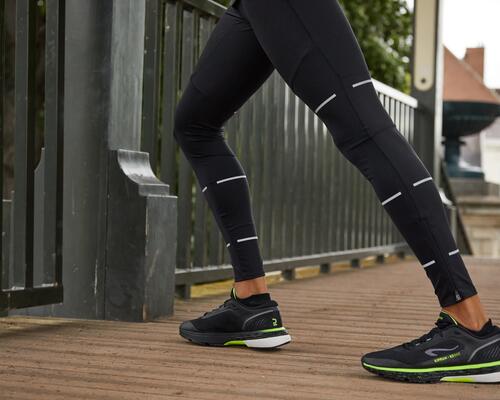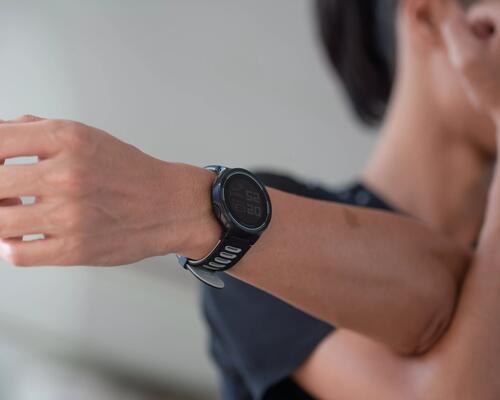Expert tips
Purchase timing:
It is suggested to buy running shoes at the end of the day because continuous movement of your legs throughout the day makes your feet swell. Your shoes should fit their maximum size. While running too, your feet would swell and they should not feel uncomfortable at that time.
Toe rules:
You should always go for shoes having a gap of at-least ½ to 1 inch between your big toe and the front end of the shoes. While running, your feet slide inside the shoe so you should have enough space to avoid black nails which could be really painful.










